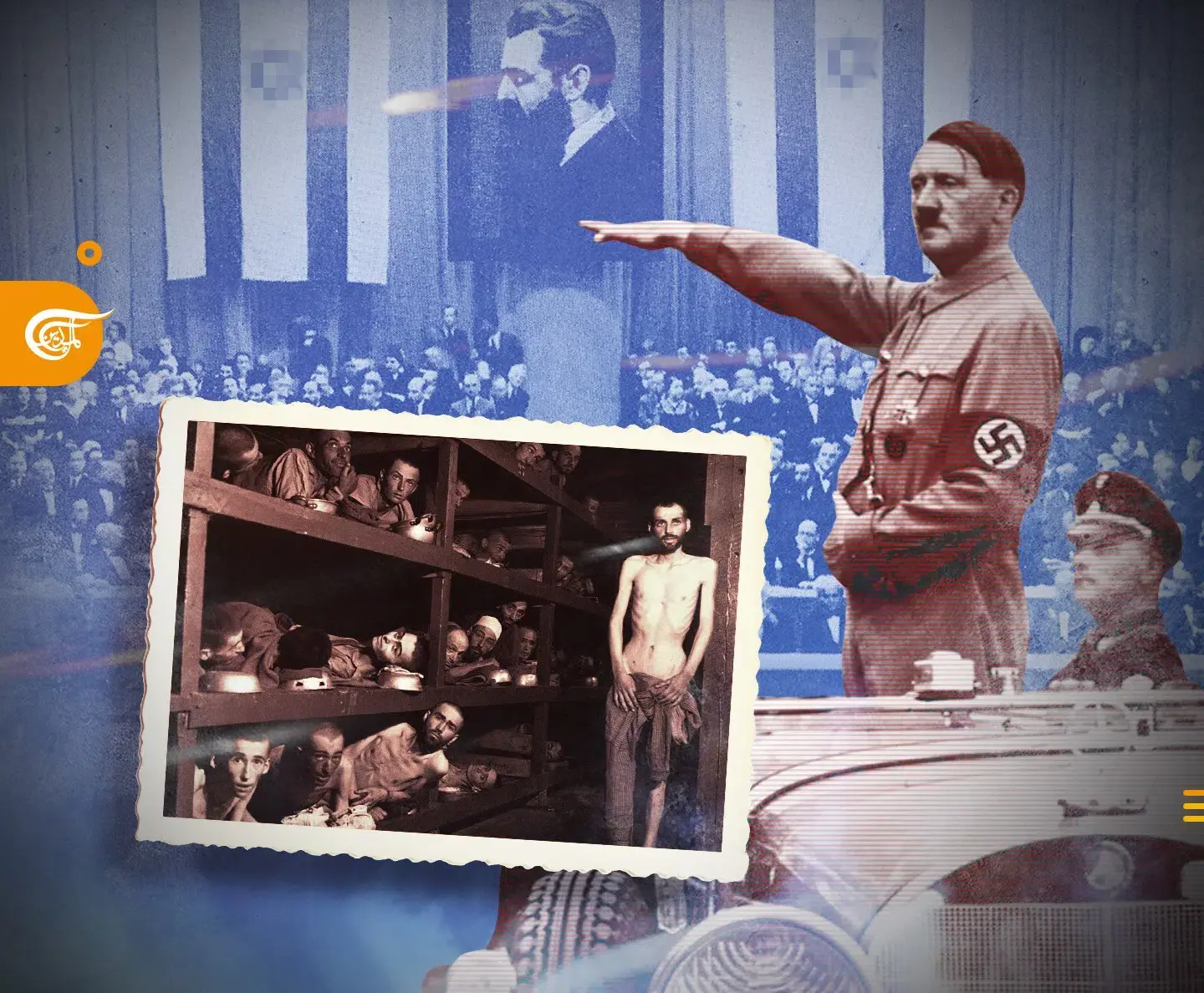"The Jewish historian Gershom Shafir, in the Encyclopedia of Global Human Migration, points out that prior to the relationship between the Zionists and the Nazis, Jewish immigration to Palestine did not exceed 3% of total Jewish immigration following the First Zionist Conference [in 1897] in Basel until 1914. He notes that the Balfour Declaration and all the facilities provided by the British Mandate authorities to the Jews for settlement in Palestine did not create a Jewish consensus for immigration to Palestine, as the percentage of Jewish immigrants heading to Palestine never grew above 30% until after 1933.
Based on the ideological similarity between Nazism and Zionism, the Zionists considered the arrival of Hitler to power in 1933 a historical opportunity to achieve the Zionist’s ultimate goals. The Zionist Federation in Germany, with the support of the World Zionist Organization, repeatedly sought to obtain direct protection from Hitler.
Consequently, the Zionists successfully came to an agreement with the German Nazis that Jews were never part of the German people and didn’t belong in German territory. This unwritten agreement paved the way for signing the Haavara Agreement on August 25, 1933, between the Jewish Agency and the German Ministry of the Economy.
The extent of the cooperation between the Nazis and the Zionists
The Haavara agreement, which was also known as the “Transfer Agreement,” brought about a dramatic change that is evident in the numbers. Among its provisions is the assistance in the deportation of millions of Jews from Central Europe to Palestine.
The terms of the agreement imposed a tax on anyone leaving Germany; however, the fees for the departure of German Zionists were lower, so it was an opportunity for Jews to transfer their money and the value of their property which was threatened with confiscation in Germany. The departing Jews bought goods that were sold in Israel and the Middle East in exchange for economic benefits, such as the desire of Jewish communities around the world to promote German exports and help the Germans invest in Palestine.
The agreement also guaranteed military training for Jewish youth in Nazi training camps before they were deported in order to ensure their readiness to join the ranks of the terrorist paramilitary gangs, which at that point constituted the “army” of the Zionist entity.
The Haavara agreement led to the most dangerous waves of immigration to Palestine, with the number of Jewish immigrants between 1933 and 1936 rising to 600,000 European Jews. They began to collude with the Jewish-Zionist associations to implement the plan for the displacement of Jews to Palestine. Crucially, they also work to sabotage and eliminate Jewish associations that opposed this trend and encouraged the integration of Jews in their European countries. … Perhaps the most dangerous aspect of the relationship between Nazism and Zionism is the disconnect between Zionism and the Holocaust during World War II. Zionism was not interested in the massacres of Jews and rescuing them as much as it was in the facilitating the emigration of Jews to Palestine. And those Jews who did not emigrate to Palestine before the establishment of the “state” in 1948 were not a matter of concern for Zionism, whose conviction was limited to the fact that the solution to the Jewish question was solely related to the establishment of a state, and that anything else was irrelevant.
This is confirmed by Egon Redlich in his diaries, Memoirs of a Zionist: The Terezin Diary of Gonda Redlich in which he confirms the sacrifice of tens of thousands of Jews who were eliminated and sent to their deaths through deals that Redlich himself felt ashamed of, in exchange for false promises. He wrote: “The Zionist movement in Czechoslovakia sent thousands of Jews to Nazi extermination camps in exchange for Nazi promises to send a few dozen or hundreds of Zionist leaders and financial figures to Palestine.”
Abdul Wahab Al-Masiri, author of the eight-volume Encyclopedia of Jews, Judaism and Zionism, mentions that Adolf Eichmann succeeded in his mission thanks to the cooperation of the Hungarian Jew Rudolf Kastner, who convinced members of the Jewish community in Hungary that the Nazis would relocate them to new places where they would settle, or to vocational training camps for rehabilitation, and not to the concentration camps which were their true destination.
In exchange for this, the Nazi authorities in 1941 allowed over 1,700 Jews from a concentration camp to be sent to Palestine, “Jews of the best biological material,” according to Eichmann."

